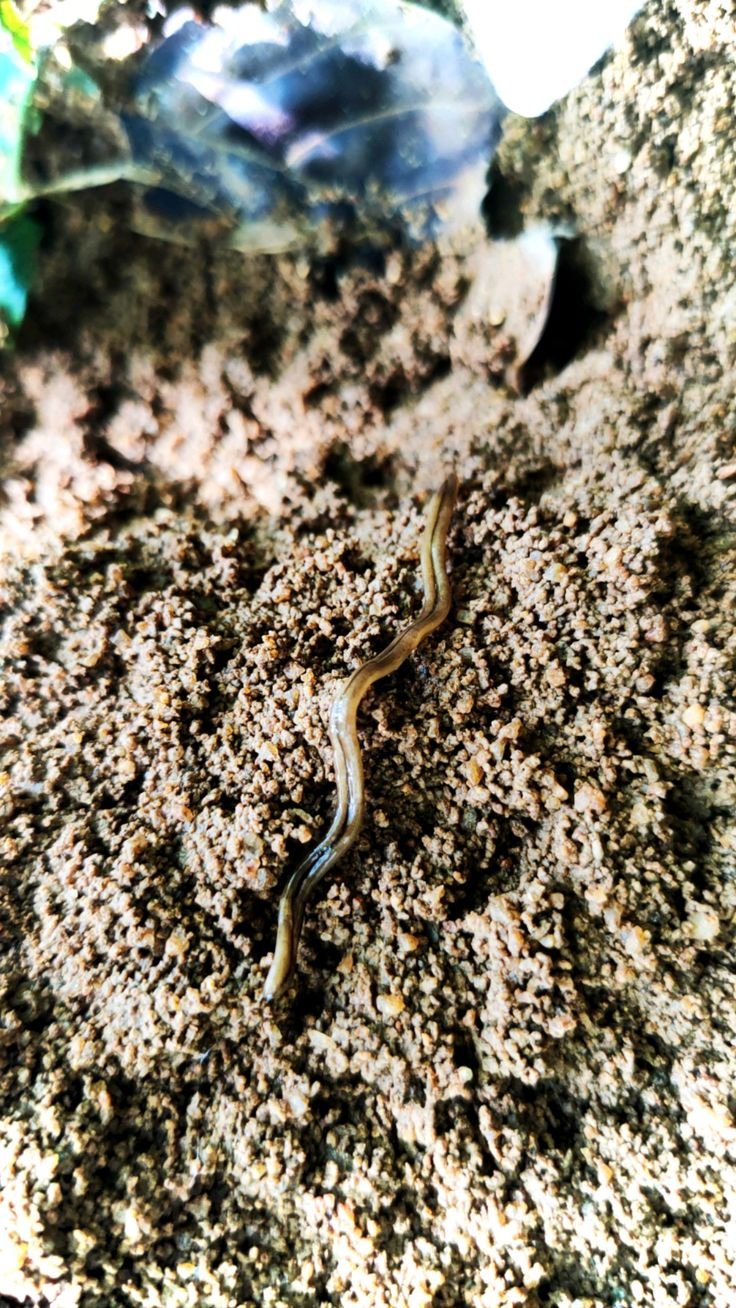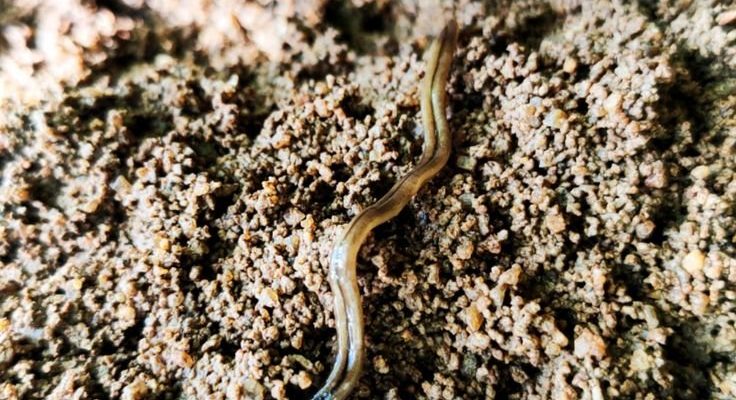
Mudworms aren’t just ordinary worms; they have an interesting lifestyle that’s closely tied to their environment. Think of them as the consummate homebodies of the aquatic realm. If you took a stroll to the riverbank, you’d probably never realize the complexity of life just beneath the surface. Mudworms play a vital role in their ecosystems, filtering sediments and supporting marine life. So, let’s sit back with a cup of coffee and explore where these mud-loving creatures prefer to hang out!
What Are Mudworms?
Before we dive into habitat preferences, let’s clarify what mudworms are. These fascinating creatures belong to the class Polychaeta, which includes many marine worms. Most mudworms are found in estuarine and brackish environments. They have long, segmented bodies equipped with bristle-like structures that help them burrow into the sediment.
Mudworms can vary in color, with many appearing brown, green, or even reddish. They can grow quite long, sometimes reaching up to a foot in length depending on the species. Their unique adaptations, such as having antenna-like structures and gills, allow them to thrive in low-oxygen environments. If you’ve ever seen a mudworm, you’d likely be surprised at how such a simple-looking creature can hold such complexity.
Preferred Habitat Types
Mudworms have specific habitat preferences that make them successful in their environments. They usually prefer soft, muddy substrates where they can easily burrow. This is crucial for their survival, as it allows them to hide from predators while also getting the oxygen they need through their gills.
Here’s the thing about mudworms: they are not picky about location. You can find them in various types of water bodies, including:
- Estuaries: These areas where freshwater meets saltwater are like mudworm playgrounds.
- Marshes: They love the damp, rich sediments found in tidal marshes.
- Coastal Waters: Mudworms thrive in shallow coastal waters, where sediments are plentiful.
Interestingly, mudworms can even adapt to temporary changes in their environment. For example, they can survive in areas with fluctuating salinity, making them quite resilient.
Key Environmental Factors
Several environmental factors influence where mudworms choose to live. Let’s break these down a bit.
1. Sediment Type: Mudworms prefer fine, soft sediments. This soft substrate allows them to burrow easily, providing a safe space from predators. They can often be found in muddy or sandy bottoms, where they can dig in and create their own burrows.
2. Salinity Levels: While mudworms are adaptable, they tend to thrive in brackish waters, where salinity levels are neither too high nor too low. This balance makes it easier for them to absorb oxygen and nutrients.
3. Oxygen Availability: Mudworms require oxygen-rich water for survival. They often inhabit areas where water movement facilitates good oxygen exchange, but they also bury themselves in sediments to escape low-oxygen conditions when necessary.
These factors combine to create an ideal habitat for the mudworm, ensuring they have the right conditions to grow and reproduce.
The Role of Mudworms in Their Ecosystem
You might be wondering why it matters where mudworms live. Well, mudworms play a significant role in their ecosystems. They are important bioindicators of water quality and health. Their presence can often mean that the environment is in good shape, while their absence could signal problems.
Mudworms also help improve sediment quality. As they burrow and feed, they break down organic matter, which helps aerate the sediment and promote nutrient cycling. This process supports the growth of other organisms in the ecosystem, creating a healthy, balanced environment.
So, not only do mudworms have specific habitat needs, but they also contribute to the overall health of their aquatic communities.
Common Mudworm Species and Their Habitats
Let’s take a closer look at a few species of mudworms and their preferred habitats.
1. *Lumbricus terrestris*: Commonly known as the common earthworm, this species is often found in gardens, but mudworms of this family are more adapted to brackish environments.
2. *Nereis diversicolor*: This species thrives in estuaries and can tolerate a wide range of salinity. They prefer soft, muddy sediments that allow for easy burrowing. You can often find these worms in tidal flats.
3. *Pseudopolydora kempii*: This mudworm is typically found in intertidal zones. They are known for their unique burrowing behavior, which can also affect sediment composition in their habitats.
Each species has its own set of adaptations and preferences, making them suited for specific habitats. It’s fascinating how the mudworm family can thrive in such varied environments!
Impact of Human Activity on Mudworm Habitats
As we explore the habitats of mudworms, we can’t ignore the impact of human activities. Pollution, coastal development, and climate change can severely affect the environments where mudworms thrive.
When rivers are polluted, sediments can become toxic, impacting mudworm populations. Coastal development can also lead to habitat loss, as wetlands are drained for land use. Additionally, climate change can alter salinity levels and water temperatures, posing challenges for these delicate creatures.
So, preserving mudworm habitats is crucial. Efforts to restore wetlands and reduce pollution can help ensure muddy homes for these essential critters and maintain the health of our ecosystems.
Conservation Efforts for Mudworm Habitats
Fortunately, there are many conservation efforts aimed at protecting the habitats of mudworms. Local organizations often participate in wetland restoration projects that improve water quality and restore natural habitats. Here’s how you can help:
- Volunteer: Join local clean-up efforts at rivers or marshes.
- Support Policies: Advocate for regulations that protect wetlands and aquatic life.
- Educate Others: Share information about the importance of mudworms and their habitats.
By taking these small steps, we can all contribute to preserving these tiny yet mighty creatures and the ecosystems they support.
In conclusion, the mudworm might seem like a simple organism, but its habitat preferences and ecological role are anything but mundane. Understanding where they thrive helps us appreciate the intricate web of life in our aquatic environments. So next time you’re near a river or estuary, take a moment to consider the hidden wonders beneath the surface, including the fascinating mudworms that call that place home. Let’s work together to protect their muddy habitats for generations to come!

